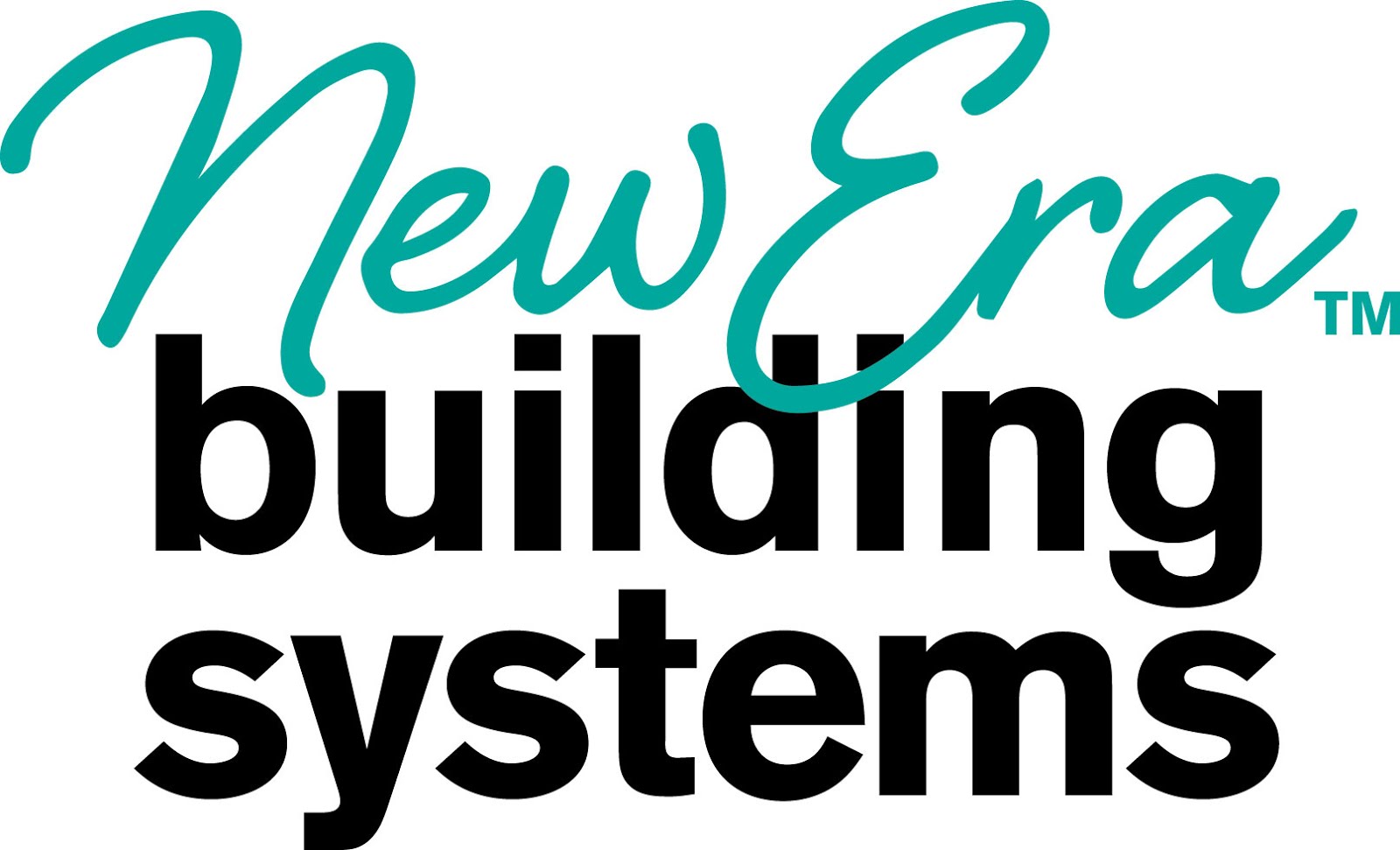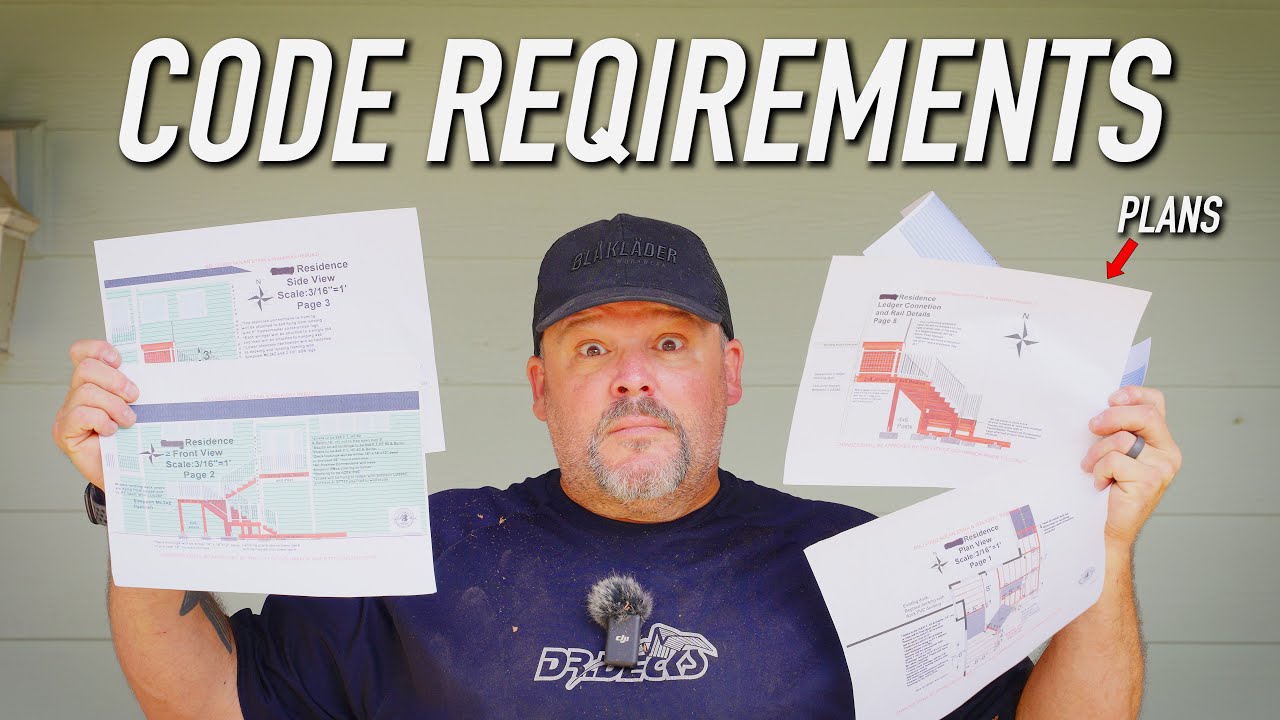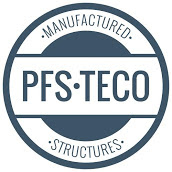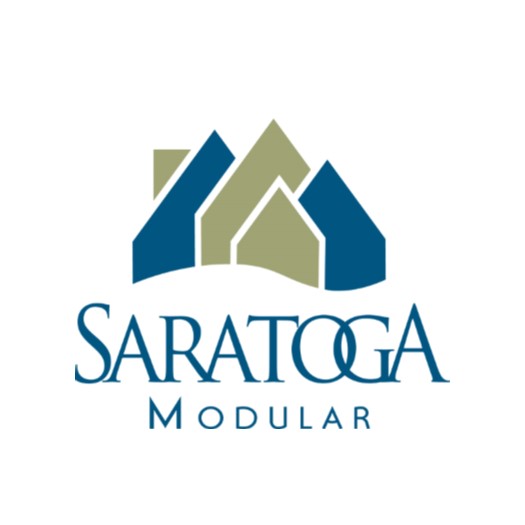In the maze of construction regulations, there’s one lane the Federal Government has quietly stayed in—enforcing HUD code for manufactured housing and setting a few energy benchmarks here and there. But when it comes to a unified, national building code for all residential construction—site-built, modular, or multifamily—they’ve kept their hands off the wheel.

Maybe it’s time they took the driver’s seat.
The current patchwork of state and local codes is like trying to build a house with 50 different rulebooks—each updated at a different pace, with different interpretations, and often influenced by special interests that don’t swing a hammer or walk a jobsite. Every new rule is marketed as safer, greener, or more resilient, but each one adds layers of cost, confusion, and delay that make affordable housing even more of a pipe dream.
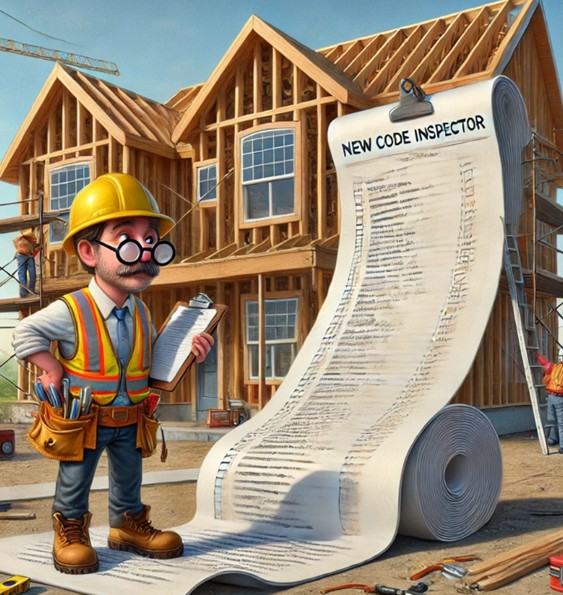
But imagine this: a single, streamlined national building code for all residential construction—adjusted by region for climate and seismic needs, yes—but one code, one language, one set of expectations. Sound radical? It shouldn’t.
A Code That Actually Works for Builders and Buyers
The HUD code has its critics, but here’s what it gets right: it’s consistent across the country, it’s enforced by third-party inspectors, and it’s designed to ensure basic safety and durability at a cost that allows homes to remain affordable. Manufactured housing wouldn’t exist without it.
Applying that same thinking to all single-family and multifamily construction could finally simplify a process that’s become needlessly complex. A uniform code would reduce the burden on builders trying to meet conflicting rules, streamline training and education for trades, and give lenders and insurers more clarity. For the end user—the homeowner or renter—it would mean more housing choices, faster approvals, and lower costs.
That’s not just policy. That’s common sense.
Ending the Code-Change Industry
Let’s talk about the elephant in the codebook: the private organizations and consultants who make their living writing, updating, interpreting, and enforcing building codes. Many of these entities are not government agencies—they’re nonprofits or businesses with cozy relationships in the regulatory world. They sit on code councils, propose revisions, and then sell training courses, software updates, and compliance guides back to the industry.

It’s a self-reinforcing cycle. And who pays for it? Builders, subcontractors, developers—and eventually, homebuyers.
A national code, managed by an impartial federal agency, could stop this from spiraling further. It would make code changes a matter of public policy, not private profit. Annual code updates would become regional adjustments based on science and need, not a revolving door of new requirements that sell new certifications.
Slowing the Drift from Affordability
Every year, new codes add to the cost of construction—not because they’re all unnecessary, but because they’re layered on without pause, without coordination, and often without regard for the downstream impact on affordability.
We’ve reached a tipping point where compliance sometimes matters more than craftsmanship, where energy modeling trumps buildability, and where doing things “by the book” can still leave a project dead in the water due to cost overruns.
A national building code could reset that balance.
It could allow us to prioritize what matters most—health, safety, durability—while also keeping affordability in the conversation. It wouldn’t eliminate state and local input, but it would put a ceiling on overreach and a floor under quality.
The Hard Truth
Ask any builder—offsite or onsite—and they’ll tell you that inconsistent codes are one of the biggest obstacles to scaling up production, training new workers, and building homes faster and more affordably. Modular factories especially are at the mercy of code variability. They ship the same product to five states and navigate five different sets of approvals, inspections, and plan reviews. It’s inefficient. It’s outdated. And it’s avoidable.
We already have a working model in the HUD code. It’s not perfect, but it proves the concept: uniform standards make housing production easier, faster, and cheaper without sacrificing safety.
So maybe the question isn’t “Should we have a national building code?” Maybe the question is, “How much longer can we afford not to?”
.
With over 9,000 published articles on modular and offsite construction, Gary Fleisher remains one of the most trusted voices in the industry.
.
CLICK HERE to read the latest edition
Contact Gary Fleisher




